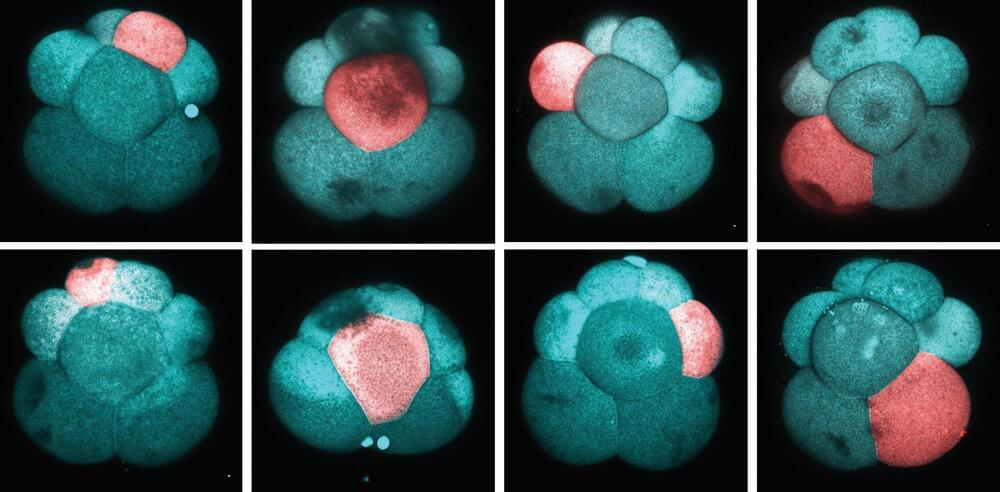It seems Google is feeling the heat from OpenAI’s ChatGPT. The artificial intelligence-powered chatbot has taken the tech world by storm over the last couple months, as it can provide users with information they’re looking for in an easy-to-understand format. Google sees ChatGPT as a threat to its search business and has shifted plans accordingly over the last several weeks, according to The New York Times.
The report claims CEO Sundar Pichai has declared a “code red” and accelerated AI development. Google is reportedly preparing to show off at least 20 AI-powered products and a chatbot for its search engine this year, with at least some set to debut at its I/O conference in May.
According to a slide deck viewed by the Times, among the AI projects Google is working on are an image generation tool, an upgraded version of AI Test Kitchen (an app used to test prototypes), a TikTok-style green screen mode for YouTube and a tool that can generate videos to summarize other clips. Also in the pipeline are a feature titled Shopping Try-on (perhaps akin to one Amazon has been developing), a wallpaper creator for Pixel phones and AI-driven tools that could make it easier for developers to create Android apps.



